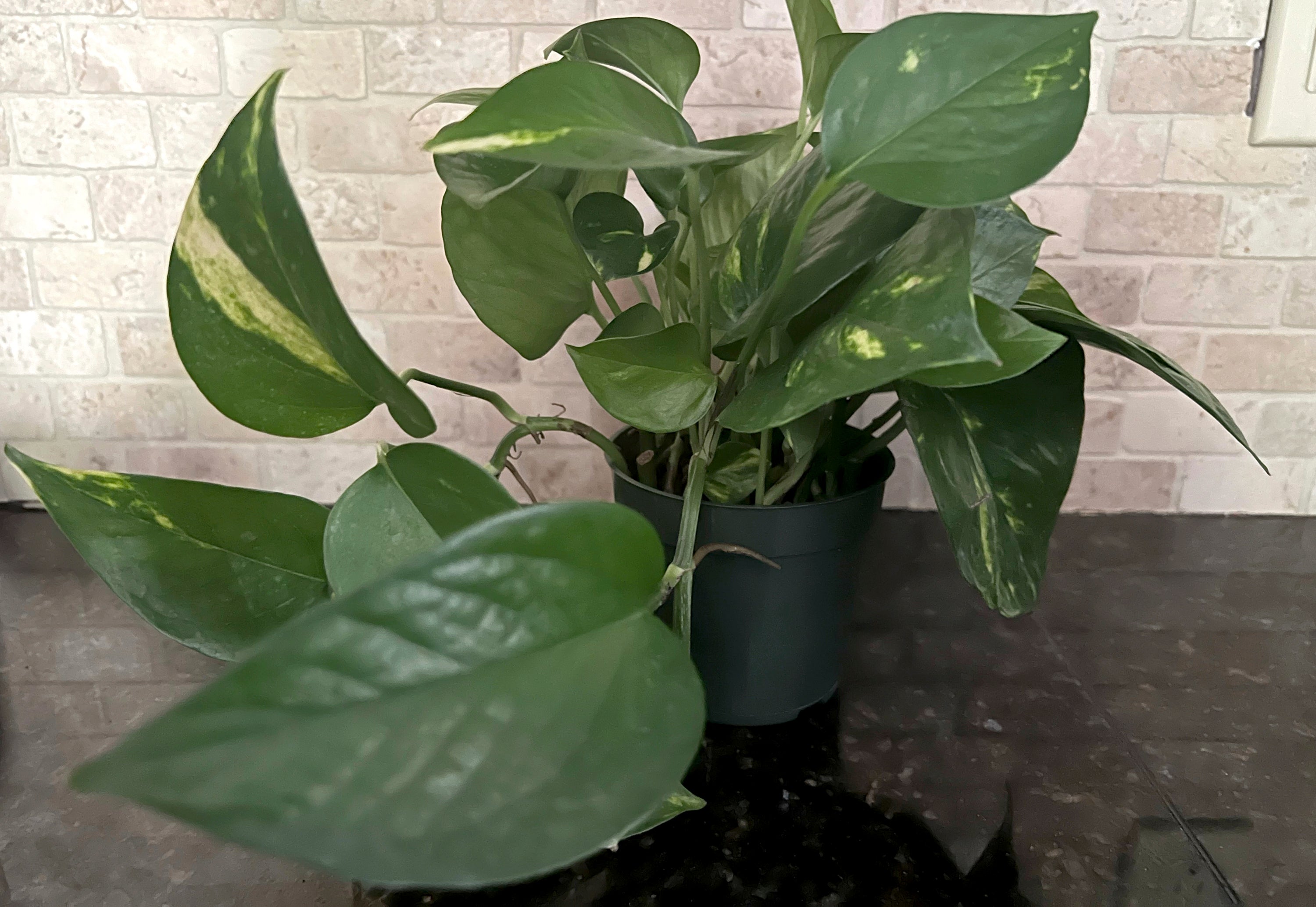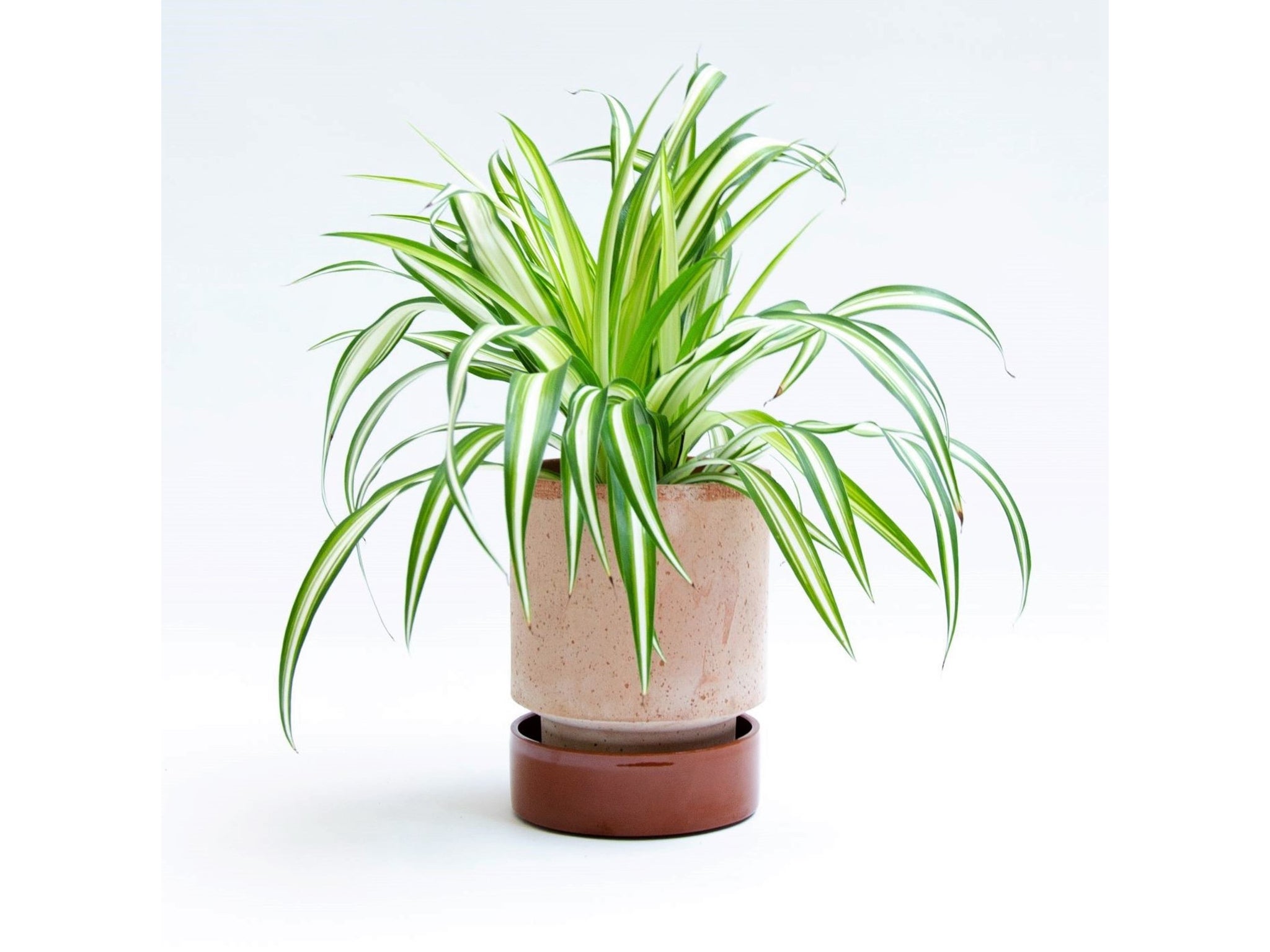The houseplants you shouldn’t keep if you have children
Most accidental exposures aren’t serious but in some cases the effect becomes severe enough to affect breathing

Your support helps us to tell the story
From reproductive rights to climate change to Big Tech, The Independent is on the ground when the story is developing. Whether it's investigating the financials of Elon Musk's pro-Trump PAC or producing our latest documentary, 'The A Word', which shines a light on the American women fighting for reproductive rights, we know how important it is to parse out the facts from the messaging.
At such a critical moment in US history, we need reporters on the ground. Your donation allows us to keep sending journalists to speak to both sides of the story.
The Independent is trusted by Americans across the entire political spectrum. And unlike many other quality news outlets, we choose not to lock Americans out of our reporting and analysis with paywalls. We believe quality journalism should be available to everyone, paid for by those who can afford it.
Your support makes all the difference.When visiting friends or family who have both houseplants and young children, I’ve been compared to “Aunt Bonnie” from the Geico commercial “Aunt Infestation.”
In it, a young couple who just moved into a new home complains of having pests — not ants but overbearing “aunts.” Like the one who declares the condiments in their refrigerator to be “Expired! Expired! Expired!,” I invariably invade room after room of my hosts’ homes exclaiming, “Toxic! Toxic! Toxic!”
I’m pointing out houseplants that should be kept out of kids' mouths. And I don’t mind dashing friends’ hopes of an Instagram-worthy indoor jungle if it means potentially preventing harm.
“We get an average of 33,000 calls a year from people whose kids put different plants in their mouths,” said Kaitlyn Brown, clinical managing director of America’s Poison Centers in Arlington, Virginia. “It’s primarily toddlers crawling around who get in trouble with household plants because they explore their environment and they put everything in their mouths.”
Most accidental exposures aren’t serious, she said, “but in some cases the irritant effect becomes severe enough to affect breathing, and also some plants can cause burns to the skin or eyes.”
What houseplants are toxic
Recently, I spotted a beautiful, mature Diffenbachia in the kitchen of a cousin’s home. She said her son, who had just begun crawling, had shown interest in its foliage.
So it fell to me to tell her the plant earned its common name, dumb cane, from the archaic term for mute. Chewing a portion of its stem can render someone temporarily but painfully speechless, as the calcium oxalate crystals in it can cause throat and mouth swelling. Exposure to its sap can lead to nose, eye and skin irritation.
Caladium, flamingo flower (Anthurium), Swiss cheese plant (Monstera), peace lily (Spathiphyllum), ZZ plant (Zamioculcas zamiifolia), philodendron and pothos (Epipremnum) also contain oxalate crystals. The latter two are vining plants, which require more vigilance because they can grow downward from what was considered a safe, out-of-reach spot.

Amaryllis and its relatives, including clivia and daffodil, contain lycorine, a toxic alkaloid that can cause varying degrees of abdominal pain, diarrhea, nausea and vomiting.
What to do if your child has eaten a house plant
If you suspect your child has nibbled a stem, leaf, flower, root or bulb, call the national poison control center (1-800-222-1222) for guidance. “It’s always best to call so we can advise about what symptoms to watch for or help decide if they need to go to the hospital,” Brown said.
Teach children not to put non-food plant parts into their mouths. Educate yourself, too, by researching whether your plants are safe to grow around kids. Learn their botanical names so you can provide them to a poison specialist or medical personnel in the event of an incident. Keep the plant tag handy or write each plant’s name under its pot for quick reference.
Not all houseplants are problematic, of course. Spider plants (Chlorophytum comosum) are not only nontoxic, but are among the most prolific and easiest indoor plants to grow.

African violets (Saintpaulia), Boston ferns (Nephrolepis exaltata), Christmas cactus (Schlumbergera), waxplants (Hoya), parlor palms (Chamaedorea elegans), radiator plants (Peperomia), prayer plants (Maranta leuconeura) and baby’s tears (Soleirolia soleirolii) are other safe options. So are culinary herbs.
Yet even though nontoxic plants probably won’t make you seriously ill, they aren’t meant to be eaten and could cause stomach irritation and other unpleasant symptoms.
Start your research on potention risks at PoisonHelp.org or on the website of your local poison control center. And err on the side of caution; you’ll make Aunt Bonnie proud.